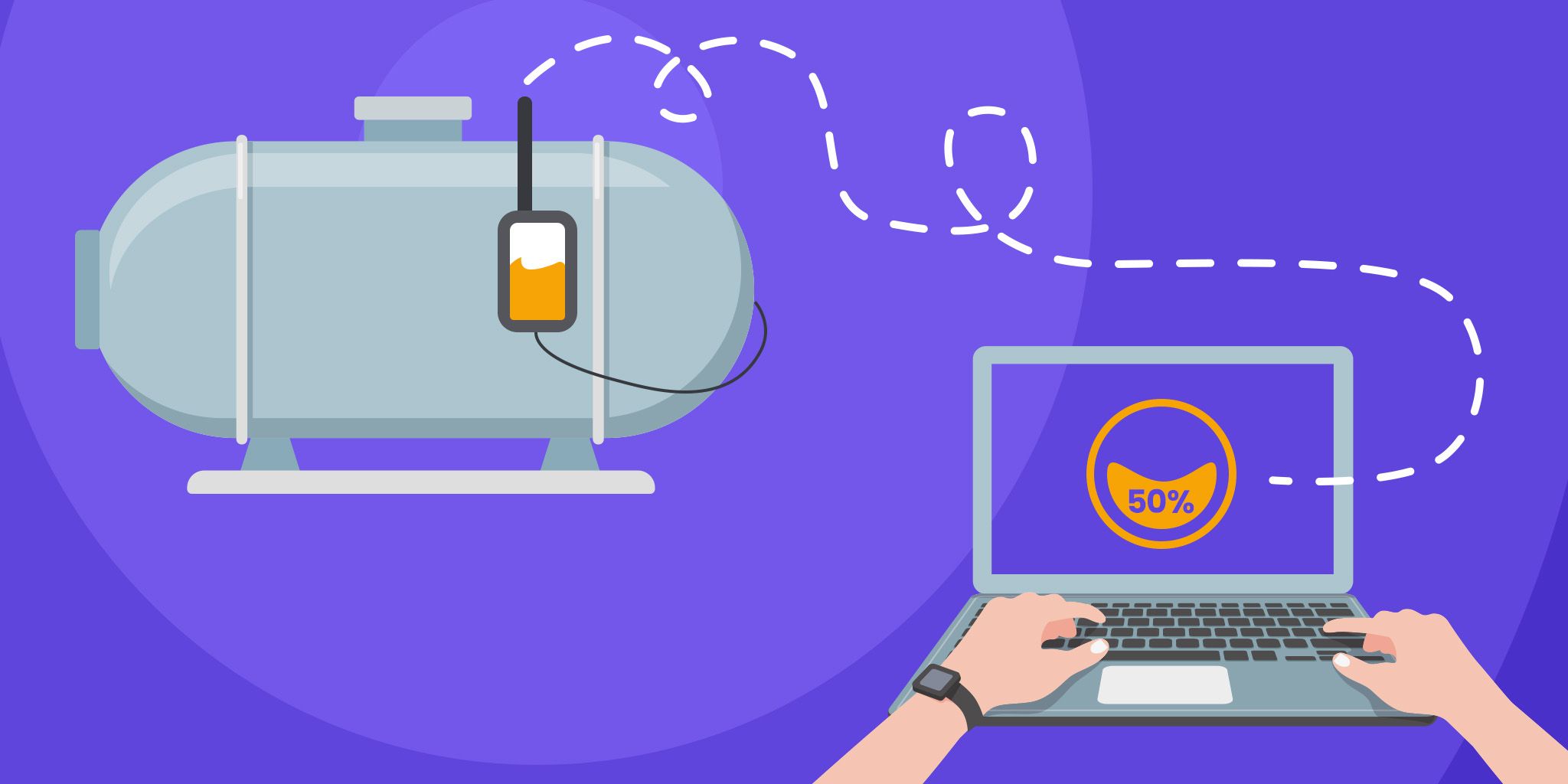The Power for IoT
The Power for IoT
- Last Updated: December 2, 2024
Guest Writer
- Last Updated: December 2, 2024



The number of sensors in the Internet of Things (IoT) will grow like never seen before – we're talking of billions to trillions of sensors. As most of them will be connected wirelessly, we need to rethink the technologies for how to power the sensors.
Batteries are part of our mobile lives. We find them in each portable device and in millions of remote controls for smart home and building automation. With trillions of wireless IoT sensors, the demand for batteries will increase into infinity. However, infinity is no option for a battery-powered IoT.
Limits of Lithium
For the 10 trillion wireless sensors delivering the needed data for IoT, they would require one million tons of lithium – the combined worldwide lithium production in 10 years. And, we even need much more for our smartphones, electrical cars, local energy storage systems, etc. Consequently, there's not enough lithium in the world for all of these applications.
Additionally, the environmental impact of lithium mining results in water shortage, air pollution and destruction of nature reserves. No recycling technology exists today that is capable of producing enough pure lithium for a second use in batteries.
Lithium is just one element batteries contain. There are also toxic heavy metals such as mercury, lead, cadmium, and nickel in batteries, which are detrimental to the environment. At the end of their lifetime, they need to be disposed of carefully and expensively. Recycling isn't always an option and is polluting as well. Reports reveal that it takes 6 to 10 times more energy to reclaim metals from some recycled batteries than from mining.*
Due to their environmental impact and the challenge of changing them, traditional lithium batteries aren't the best power source for IoT devices, but there's an alternative solution: energy harvesting.
Challenges of Changing
Besides the environmental impact of battery production, disposal and recycling, there are further costs that we need to consider as batteries need maintenance.
Wireless connectivity supports devices to be flexibly installed or mobile and their location needs to be documented and updated as their location changes. In a large building system, hundreds of sensors are distributed over several floors and offices. Often, the devices are mounted unobtrusively in places that are difficult to reach, e.g. on or above drop ceilings. Depending on the battery technology in use, a user will dispose of between 200 and 1,600 batteries over 20 years in a residential home with only 50 nodes.
In addition, each device has a different battery access method and requires different types of batteries. This results in extra work, making the battery replacement a challenging and time-consuming effort. Usually, batteries don’t run out of energy at the same time. So, the technician might just have left the facility after changing some batteries when the next battery dies. Well, call the technician again.
Benefits of Batteryless
Considering the costs of batteries, IoT, with its trillions of sensor nodes, needs a more eco-balanced and maintenance-free alternative to power mobile devices. This alternative exists today and is already deployed in building automation and smart home systems or in outdoor environmental monitoring systems: energy harvesting wireless sensors.
Like we switch our power production to the use of renewable energy sources, such as sun, wind, water, etc., self-powered sensors use the same principles of harvesting energy from the surrounding environment at a micro-level. Miniaturized energy converters use kinetic motion, light or temperature differences to power wireless sensing and data communication. There's no need for a battery change and disposal and no need for time-consuming maintenance. Simply install and forget.
It's a simple calculation and our ecological responsibility to realize a self-powered Internet of Things. Energy harvesting wireless sensors are the only way to avoid tons of battery waste and to ensure reliable and maintenance-free system functionality.
Written by Andreas Schneider, CEO at EnOcean
The Most Comprehensive IoT Newsletter for Enterprises
Showcasing the highest-quality content, resources, news, and insights from the world of the Internet of Things. Subscribe to remain informed and up-to-date.
New Podcast Episode

The State of Cybersecurity in IoT
Related Articles





